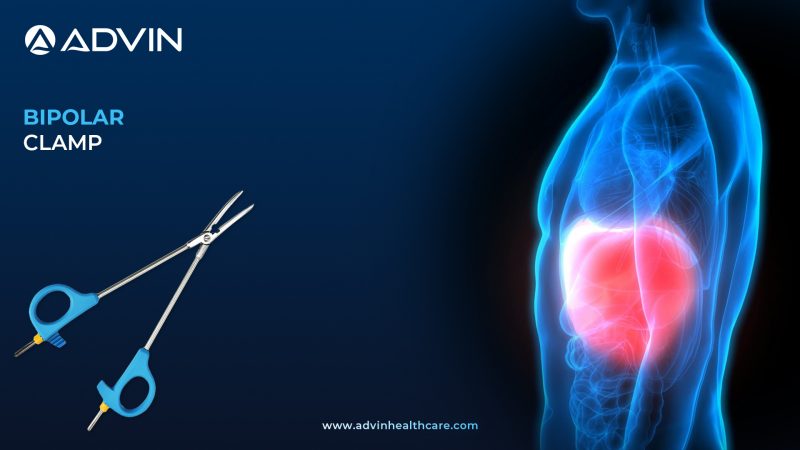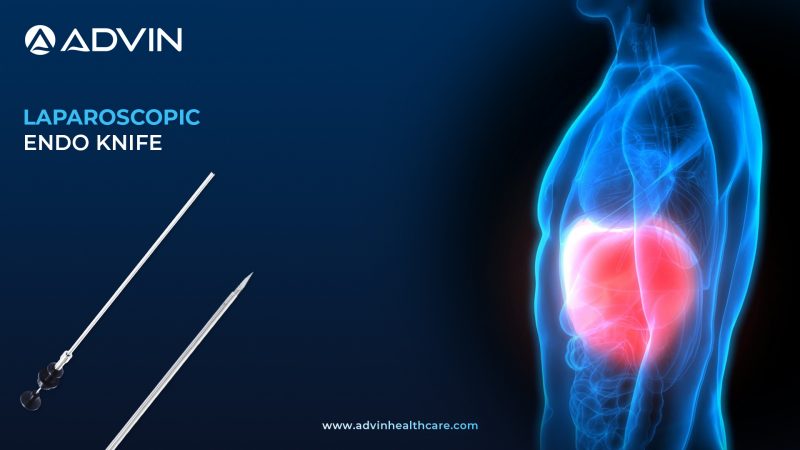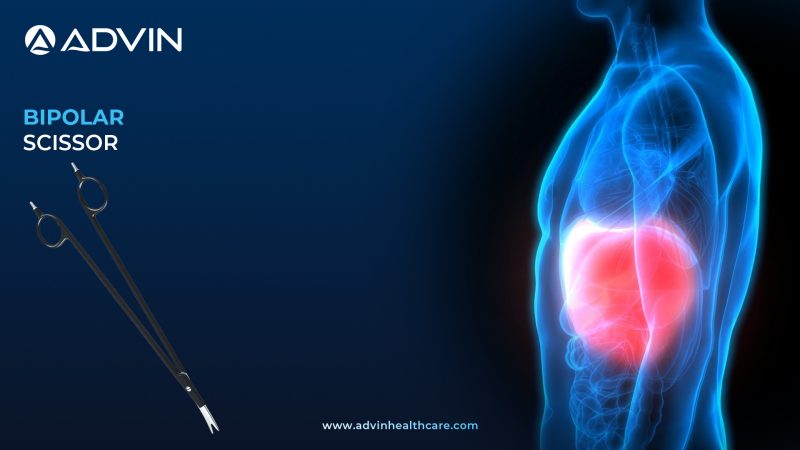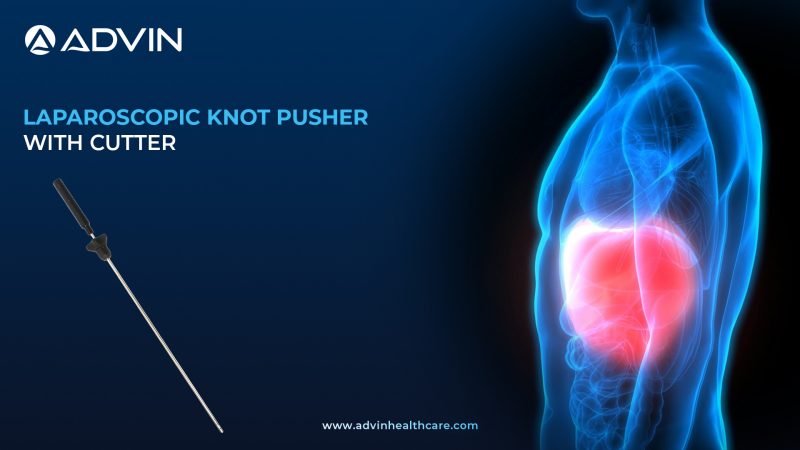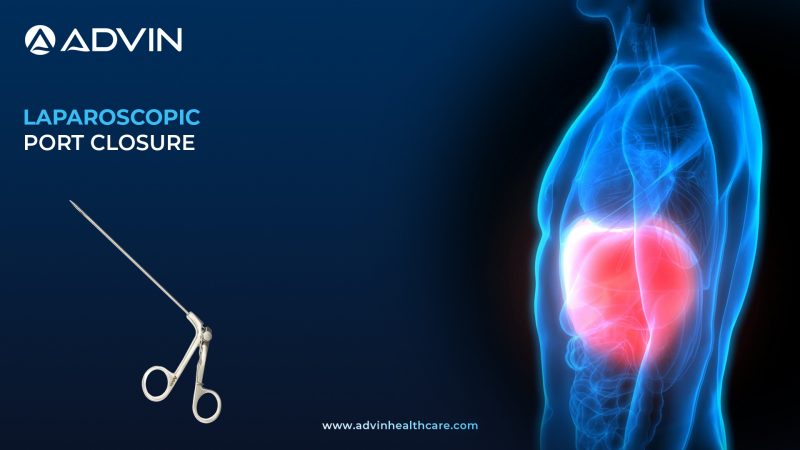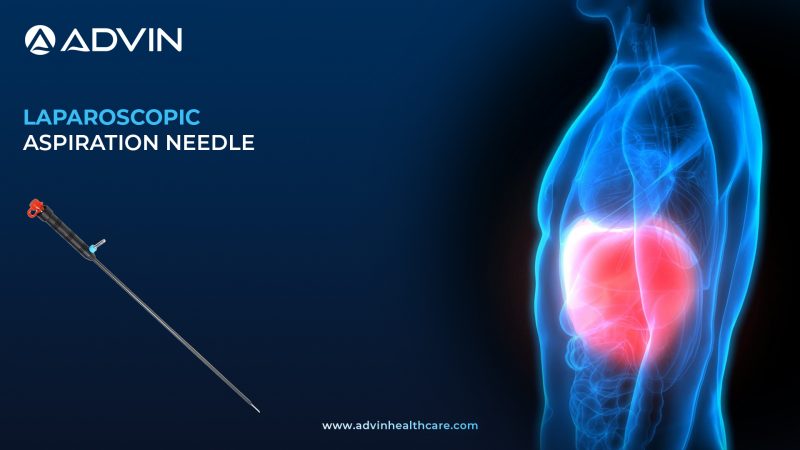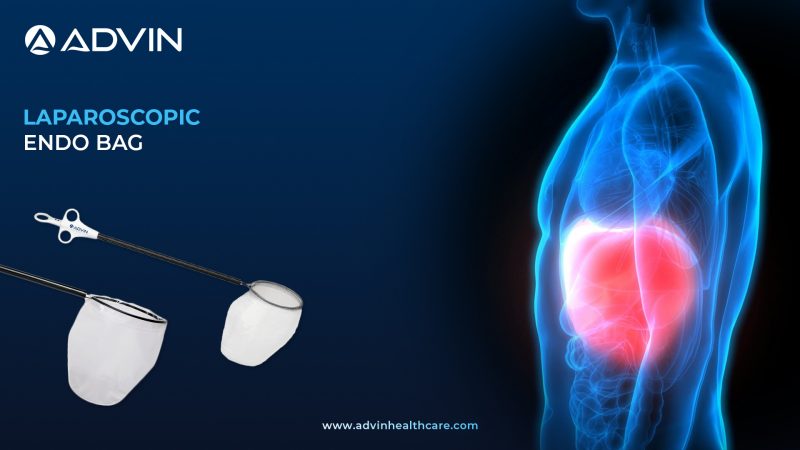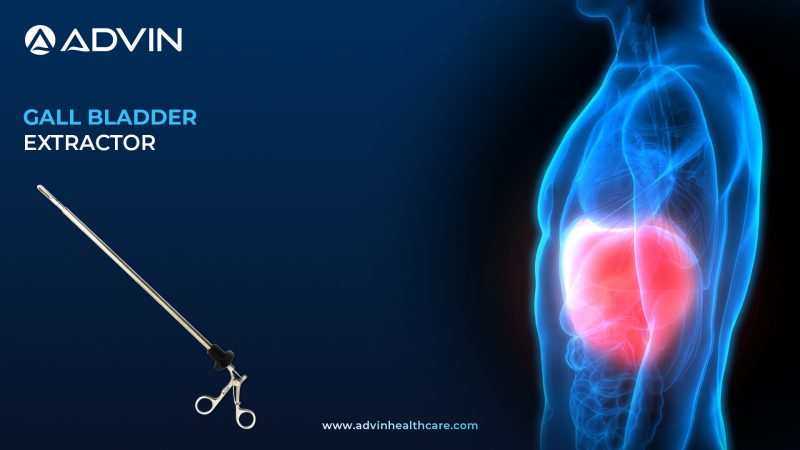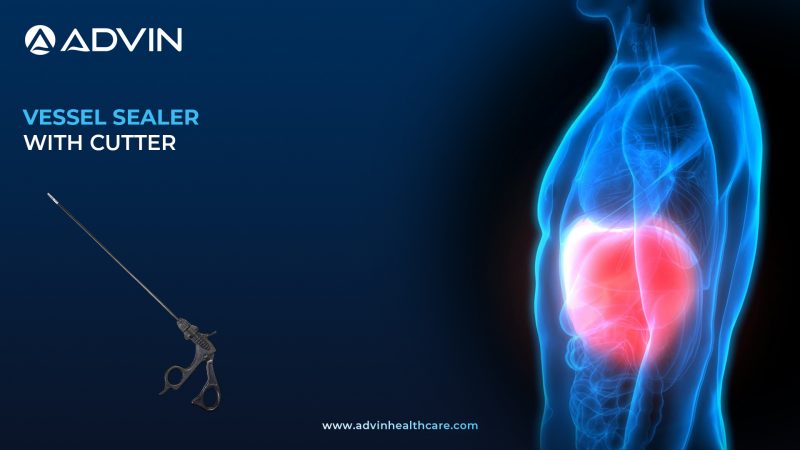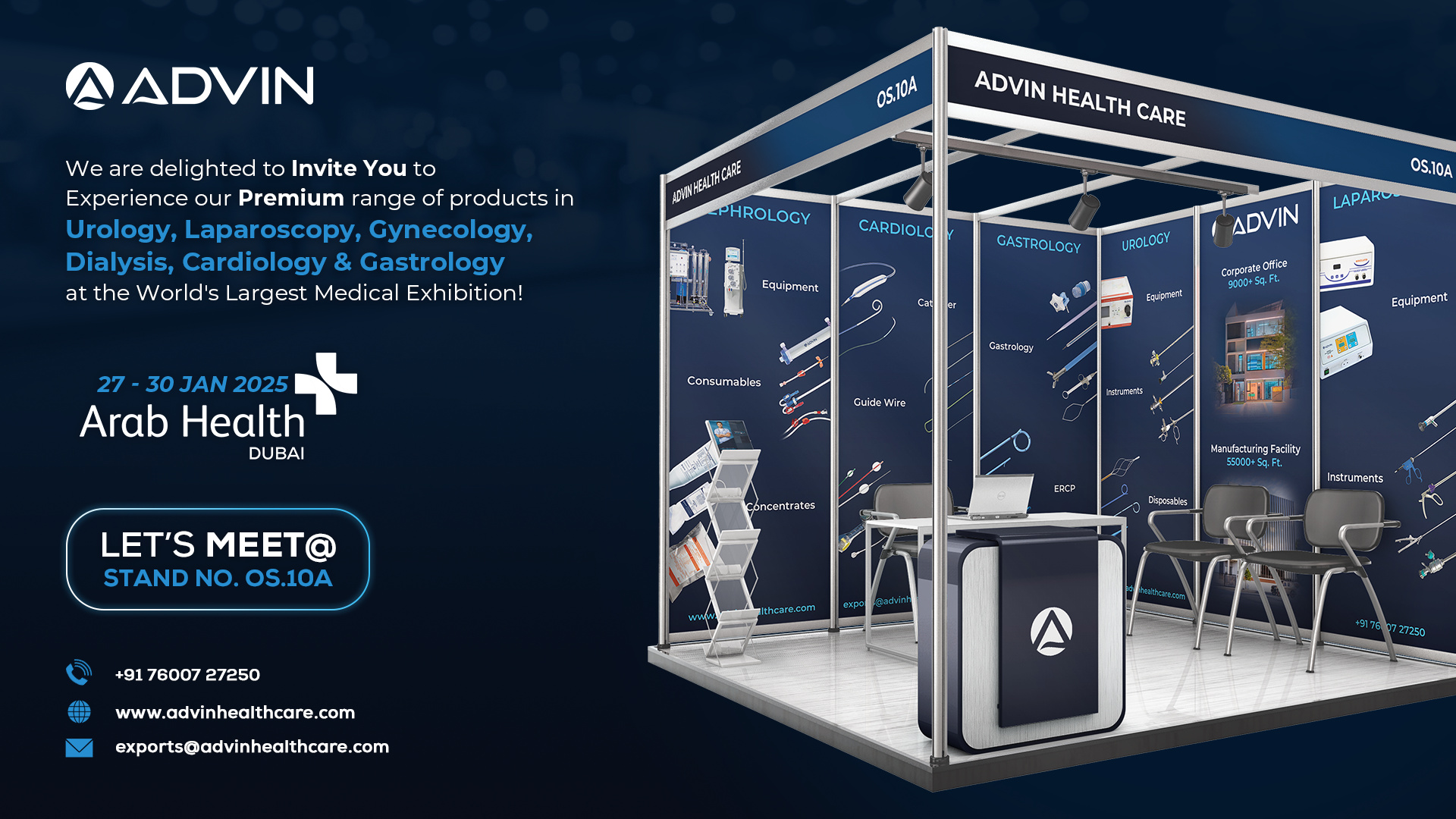Introduction to Bipolar Clamp – Advanced Tissue Grasping with Controlled Coagulation
The Bipolar Clamp is a surgical instrument used to grasp tissue while delivering controlled bipolar energy for coagulation. It allows surgeons to hold, seal, and coagulate vessels during minimally invasive and open procedures. Its insulated design ensures safe energy delivery with minimal tissue damage.
Development and Evolution – Innovations in Bipolar Energy-Assisted Surgical Instruments
Traditional surgical clamps were used only for grasping and holding tissue. With advancements in electrosurgery, bipolar energy was integrated into clamp designs to allow simultaneous grasping and coagulation. These devices gradually became standard in many procedures due to their precision and safety. Today, bipolar clamps are widely used in multiple specialties for effective vessel sealing.
Understanding the Design, Structure & Working Mechanism of Bipolar Clamp
Advin Health Care offers a high-performance Bipolar Clamp designed for safe coagulation and controlled tissue handling. The instrument delivers precise bipolar energy to seal vessels effectively. Its insulated jaws ensure minimal thermal spread while maintaining strong gripping ability. Advin Health Care manufactures this clamp using high-grade materials for durability and reliability. It is widely used in surgeries where controlled coagulation and secure grasping are essential.
Clinical Applications – Use of Bipolar Clamps in Laparoscopy, Gynecology, General & ENT Surgery
- Laparoscopic Hysterectomy
- Laparoscopic Colectomy
- Laparoscopic Myomectomy
- Urological Laparoscopic Surgeries
- General Surgery Procedures
- Bariatric Surgery
- Gynecological Oncology Procedures
How to Use the Bipolar Clamp – Step-by-Step Technique for Safe Grasping and Coagulation
- Connect the bipolar clamp to a compatible electrosurgical unit.
- Insert through a trocar (for laparoscopic use) or use directly in open surgery.
- Grasp tissue firmly before activating bipolar energy.
- Apply energy only when the jaws fully contact the tissue.
- Clean and sterilize after use as per hospital protocol.
Clinical Benefits – Enhanced Safety, Minimal Thermal Spread & Effective Hemostasis
- Provides controlled vessel sealing with minimal thermal spread
- Enhances surgical precision and safety
- Reduces the need for additional coagulation instruments
- Improves efficiency and decreases operative time
- Supports strong tissue grasping during dissection
- Minimizes intraoperative bleeding
Also Known As – Alternate Names and Synonyms for Bipolar Clamp
Bipolar Surgical Clamp, Laparoscopic Bipolar Clamp, Bipolar Coagulation Clamp, MIS Bipolar Clamp, Bipolar Vessel Sealing Clamp
Advin Bipolar Clamp – Key Features, Performance Advantages & Technical Specifications
- Powerful Grasping, Compression & Bipolar Coagulation in One Instrument
- Advin Health Care is a leading manufacturer of Bipolar Clamps, offering precision-engineered, insulated instruments designed for safe coagulation and secure tissue handling during a wide range of surgical procedures.
- Advin Bipolar Clamps are designed for open surgery, enabling strong tissue grasping and compression with simultaneous bipolar coagulation or vessel sealing. Surgeons can also cut the tissue without needing to change instruments, enhancing surgical efficiency.
Advanced Features
- Locking handle enables easy insertion and removal
- Provides a firm and secure grip
- Smooth & reliable functioning
- Easy to clean and maintain
- Optional bipolar cable available
Get Connected:
+91-70717 27261 | urology@advinhealthcare.com | www.advinhealthcare.com

